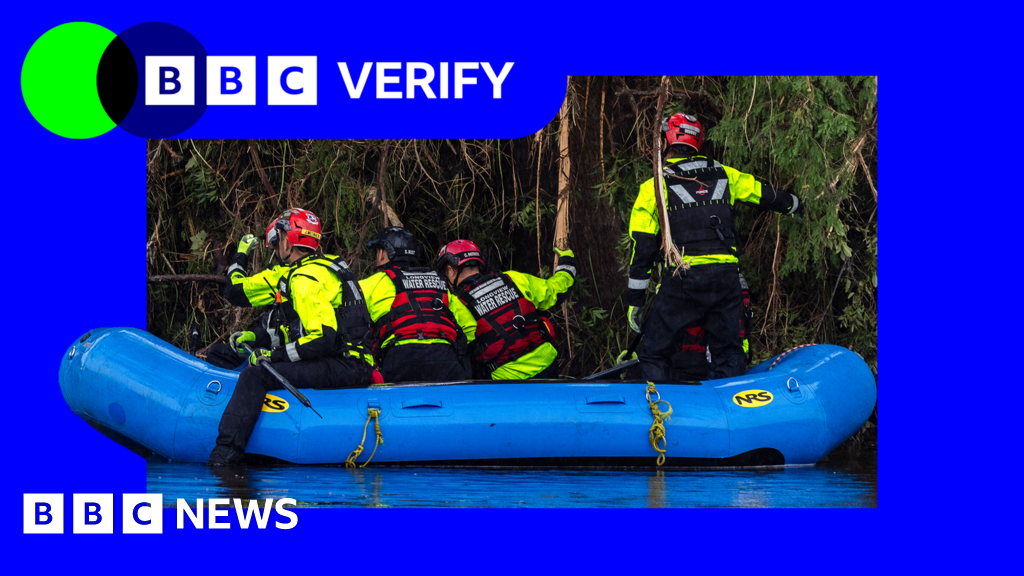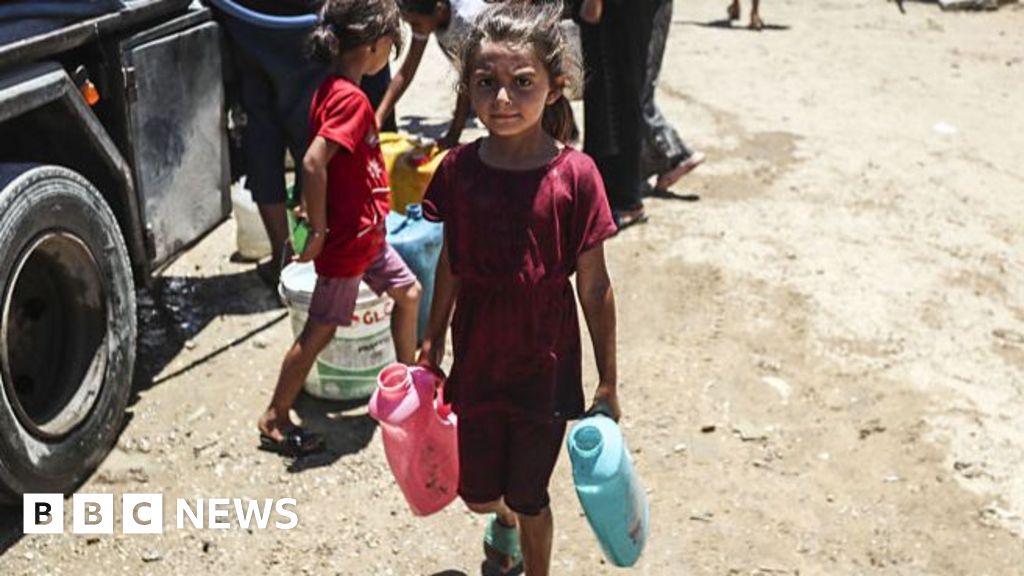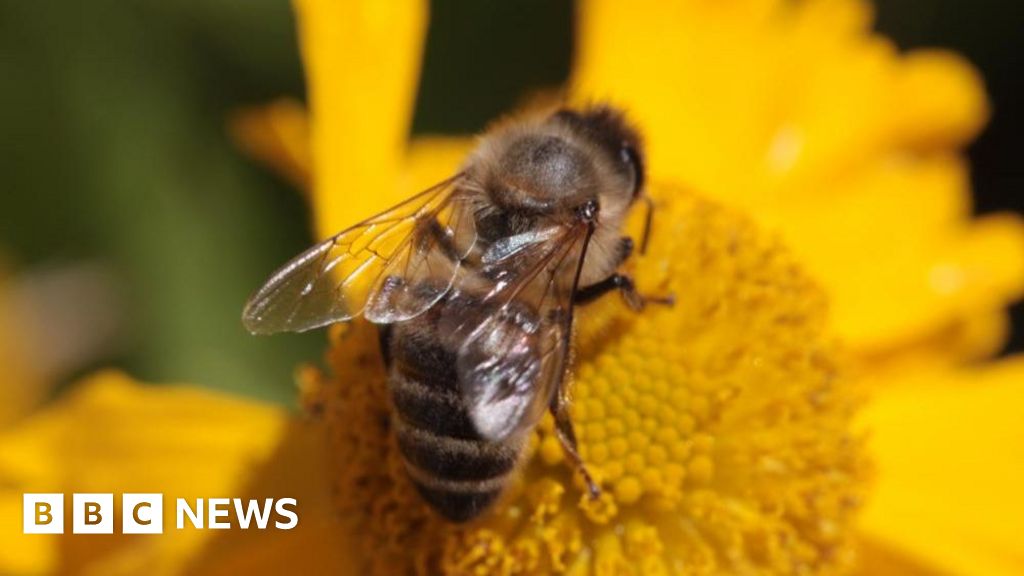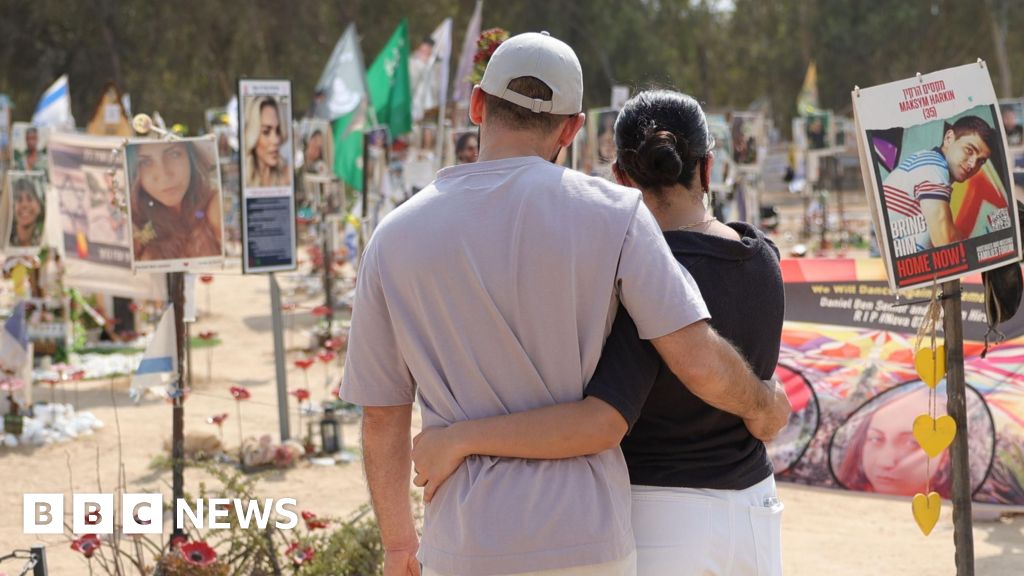South Australia is currently in the grip of a deadly toxic algal bloom. A bloom of the algae Karenia mikimotoi that began in March has been devastating local marine life, alarming locals and leading to pleas for help from the national government.
Though the Karenia mikimotoi bloom started in March, until recently it had mostly been affecting marine life on more remote stretches of the South Australian Coast, including Fleurieu Peninsula, Yorke Peninsula and Kangaroo Island. However, as The Guardian reports, a major storm at the end of June subsequently brought the devastation to Adelaide, with dead marine life washing up from Grange Jetty to south of Christies Beach Surf Club. Since the beginning of the bloom, around 8,000 dead marine animals have been recorded as part of the SA Marine Mortalities project.
“Until that time, it hadn’t hit metro Adelaide,” marine biologist Dr. Michael Bossley told The Guardian. “Suddenly, the people of Adelaide and the government and just about everybody are doubling down on their concern.”
The severity of the situation has even caused local politicians to call on the federal government to declare a national emergency. South Australian Greens Senator Sarah Hanson-Young told ABC News “We’ve urged the prime minister to declare this event a national disaster along the lines of what happens for floods and fires.”
However, one ray of hope comes in the form of another algae, of all things. As ABC reports, Noctiluca scintillans, a bioluminescent algae that feeds on Karenia mikimotoi, has been spotted in the region. While it is still too early to tell if this means the end of the toxic bloom, it is a cause for optimism.
Source link














